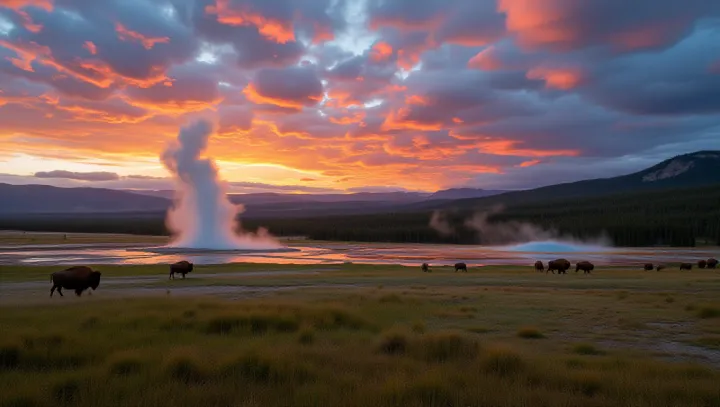10 Reasons Yellowstone Captivates Millions

Yellowstone National Park, a breathtaking expanse located across Wyoming, Montana, and Idaho, continues to captivate millions from across the globe. Celebrated for its unrivaled geothermal features such as Old Faithful geyser and the Grand Prismatic Spring, Yellowstone is a prime exemplar of nature's majestic wonders. Since its establishment as a national park, Yellowstone has stood as a pioneer in global conservation efforts.
Its diverse ecosystems are a sanctuary to myriad wildlife, including bison, grizzly bears, and wolves, attracting scientists and tourists alike. With over four million tourists visiting annually, the park signifies both an ecological haven and a vital educational resource. As the world seeks sustainable tourism models post-pandemic, Yellowstone offers insightful practices.
Its enduring management strategies emphasize environmental preservation while accommodating tourist influxes. Experts argue that this balance not only safeguards natural habitats but also ensures continued visitor engagement and education. Dr.
Lisa Jenkins, a geologist at the University of Wyoming, highlights, 'Yellowstone's geothermal activities allow us to study Earth's dynamic processes in real time.' Her sentiment reflects Yellowstone's broader significance as a natural laboratory for research and innovation in geological sciences. The park's increasing popularity is a dual-edge sword; while it supports local economies, it also poses challenges. Managing human impact whilst maintaining park integrity remains crucial.
Nonetheless, with robust visitor programs and conservation policies, Yellowstone's future as a beacon of natural wonder appears bright.
